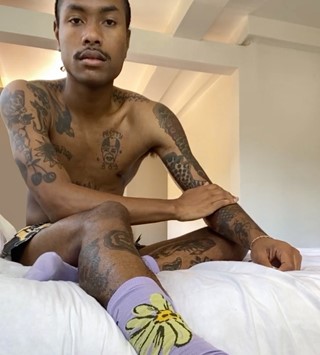As we present a summer edit inspired by Cecil Beaton and created in partnership with MR PORTER, we look at the wardrobe of the English photographer and costume designer
- TextTed Stansfield
When Cecil Beaton died in 1980, his tailor was one of the first people to be notified – before even Buckingham Palace. For as much as he was known for his photography – he shot the British royal family, Marilyn Monroe, Audrey Hepburn, and Elizabeth Taylor among others – Beaton had another passion: clothes.
Born on 14 January 1904 in Hampstead, Beaton demonstrated a propensity for style from an early age. An independent spirit from the start, legend has it that he arrived at Cambridge University wearing an evening jacket, black-and-white trousers, red shoes, and a large cravat. Throughout his life, he bucked trends and mixed clothes from different places and periods; he loved vintage fashion and wore second-hand tailored suits, antique waistcoats, double-breasted jackets.
And though he loved clothes and had accounts with several Savile Row tailors – Anderson & Sheppard, Fagerstrom & Hughes and Huntsman – he never spent above his means. “If only people knew!” he wrote in his diary. “I spend comparatively little on clothes, an occasional good suit, but most of my suits are made in Hong Kong or Gillingham, Dorset or bought on quaysides during my travels abroad. I do not own a clean pair of gloves and my shirts are mostly frayed.”
More than just consuming fashion, he created it too; Beaton designed costumes for theatre, ballet, opera, and film. Theatre was, in fact, his first love and he appeared in several Gilbert and Sullivan plays at school, including a Mikado. He turned this passion into costume design, notably imagining belle epoque costumes for the 1958 film Gigi, which won him his first Oscar. He won a further Oscar for his costume design for the 1964 film adaptation of My Fair Lady.
Though 37 years have passed since his death, interest in Beaton’s photography is still piqued (London’s Beetles+Huxley gallery recently played host to an exhibition of his early work) and he remains a true icon of men’s style.
More from our Style Icon series:















